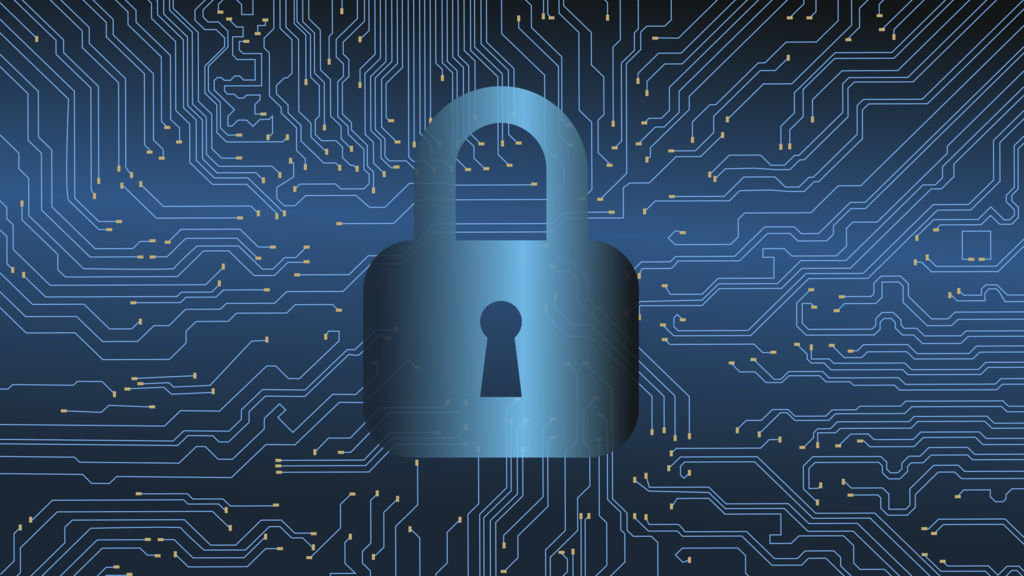From pv magazine USA
The US DoE has proposed 10 National Interest Electric Transmission Corridors (NIETC), as shown in the featured image above, and is accepting public comment on the potential NIETCs.
The DoE previously sought industry input for the first stage of the NIETC designation process.
A NIETC designation, once final, “unlocks” federal financing and permitting tools to spur construction of transmission projects “to alleviate consumer harms,” the DoE said. Such harms could result from transmission capacity constraints or congestion “currently or in the future,” and could show up as lower reliability or higher costs.
When transmission is congested, for example, some lower-cost renewable power must be curtailed instead of delivered to customers.
In terms of transmission financing, a NIETC designation can unlock public-private partnerships through the Bipartisan Infrastructure Law’s $2.5 billion Transmission Facilitation Program, as well as direct loans through the US Inflation Reduction Act’s $2 billion Transmission Facility Financing Program.
A NIETC designation also allows the US Federal Energy Regulatory Commission to issue permits for the siting of transmission lines within the NIETC if state siting authorities either do not have authority to site the line, or have not acted on an application for over one year, or have denied an application.
The DoE has presented in a report its preliminary findings of transmission capacity constraints or congestion within each of the 10 geographic areas that it proposed for NIETCs. Streamlined generator interconnection is one of the expected benefits of transmission development resulting from NIETC designation, said the DoE.
One of the DoE's 10 proposed NIETCs would expand transmission within the Mid-Atlantic’s PJM grid region, helping the PJM grid operator to maintain and improve reliability, lower consumer costs, and meet future generation and demand growth.
Another proposed NIETC in the Northern Plains would particularly aid Native American tribes to develop energy resources, stabilize energy costs and spur local economic development.
Those two proposed NIETCs reflect a finding in the DoE's National Transmission Needs Study that 54,500 GW-miles of within-region transmission must be added for a clean grid under “the most likely power sector future.”
Eight of the 10 proposed NIETCs would facilitate transmission between grid regions, reflecting a finding in the needs study that interregional transfer capacities to transmit electricity between regions would need to increase by nearly 125 GW under the most likely power sector future.
Here are those eight proposed NIETCs and the regions they would connect:
- A New York-New England NIETC would increase transmission capacity between the New York and New England grid regions.
- A New York-Mid-Atlantic NIETC would increase transmission capacity between the New York and PJM grid regions and facilitate the interconnection of offshore wind.
- A Mid-Atlantic-Canada NIETC would connect the PJM grid region with a Canadian grid region.
- A Midwest-Plains NIETC would facilitate interregional transmission among the PJM, MISO, and SPP grid regions.
- A Delta-Plains NIETC would improve transmission between the SPP and MISO grid regions, and potentially connect the Eastern and Western Interconnections.
- A Plains-Southwest NIETC would facilitate transmission among the WestConnect, SPP, MISO, and PJM grid regions, and potentially the CAISO grid region.
- A Mountain-Plains-Southwest NIETC would link the Eastern and Western Interconnections and potentially facilitate transmission between the WestConnect and SPP grid regions.
- A Mountain-Northwest NIETC would facilitate interregional transmission between the CAISO and NorthernGrid regions.
The DoE will present a webinar on the current phase of the NIETC designation process on May 16.
The DoE previously said it anticipates reopening the NIETC designation process after each publication of its triennial National Transmission Needs Study or as determined by the Secretary of Energy.
This content is protected by copyright and may not be reused. If you want to cooperate with us and would like to reuse some of our content, please contact: editors@pv-magazine.com.



By submitting this form you agree to pv magazine using your data for the purposes of publishing your comment.
Your personal data will only be disclosed or otherwise transmitted to third parties for the purposes of spam filtering or if this is necessary for technical maintenance of the website. Any other transfer to third parties will not take place unless this is justified on the basis of applicable data protection regulations or if pv magazine is legally obliged to do so.
You may revoke this consent at any time with effect for the future, in which case your personal data will be deleted immediately. Otherwise, your data will be deleted if pv magazine has processed your request or the purpose of data storage is fulfilled.
Further information on data privacy can be found in our Data Protection Policy.